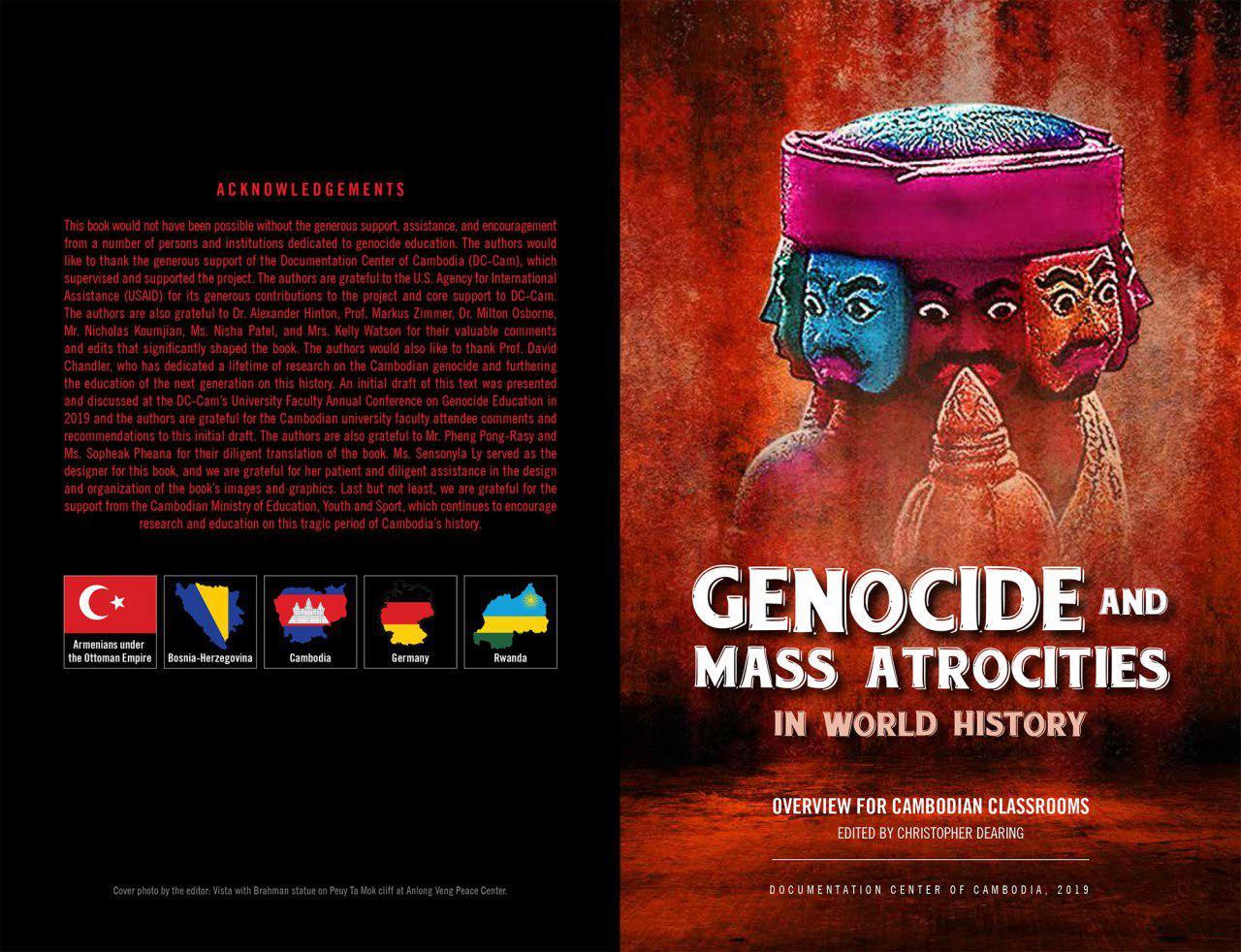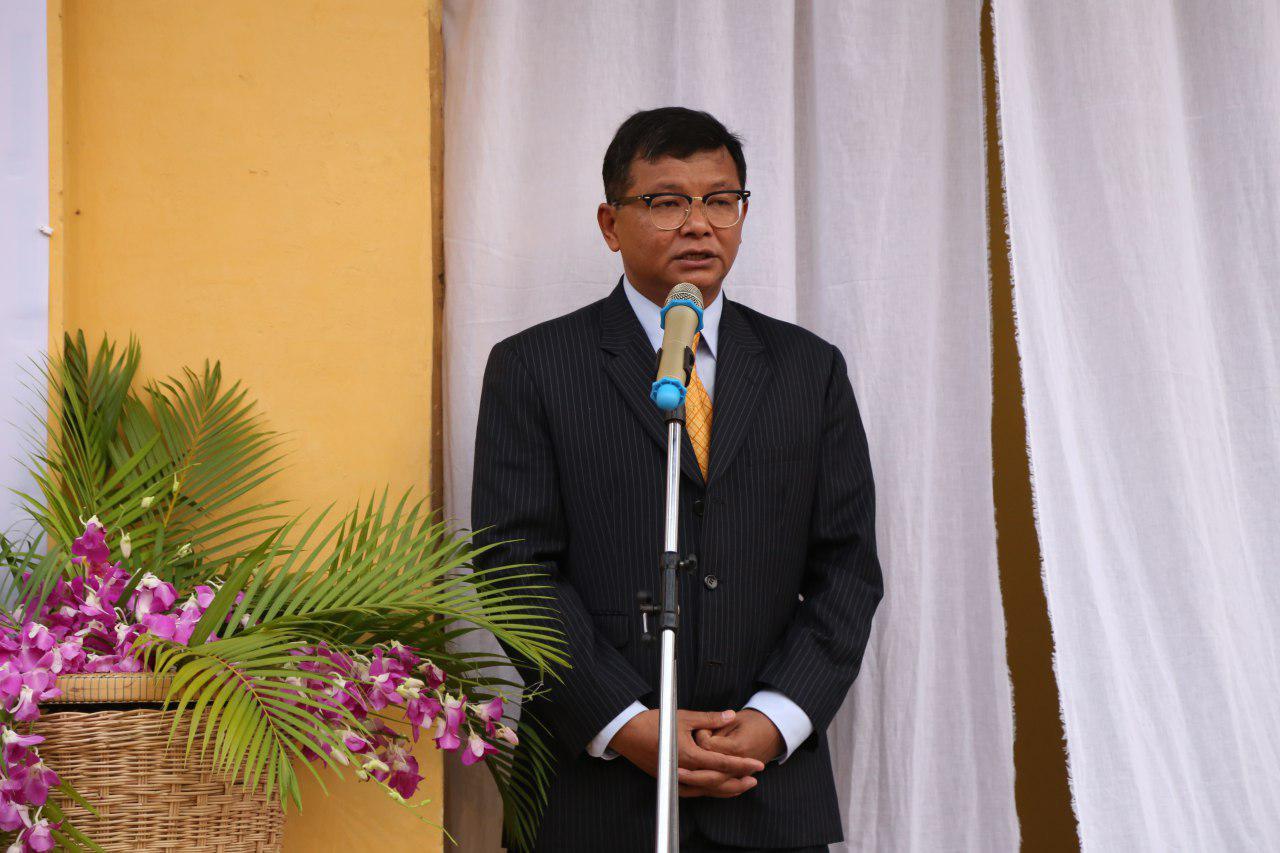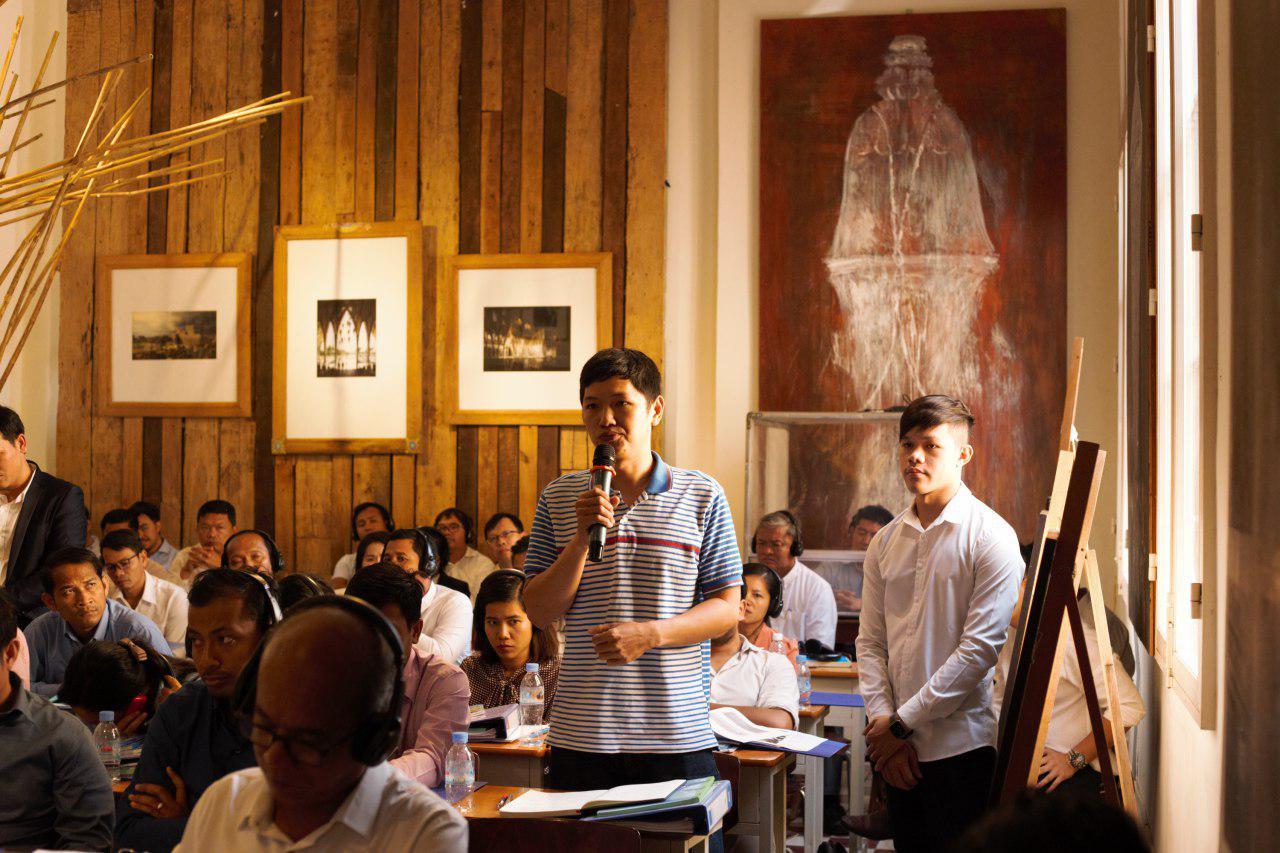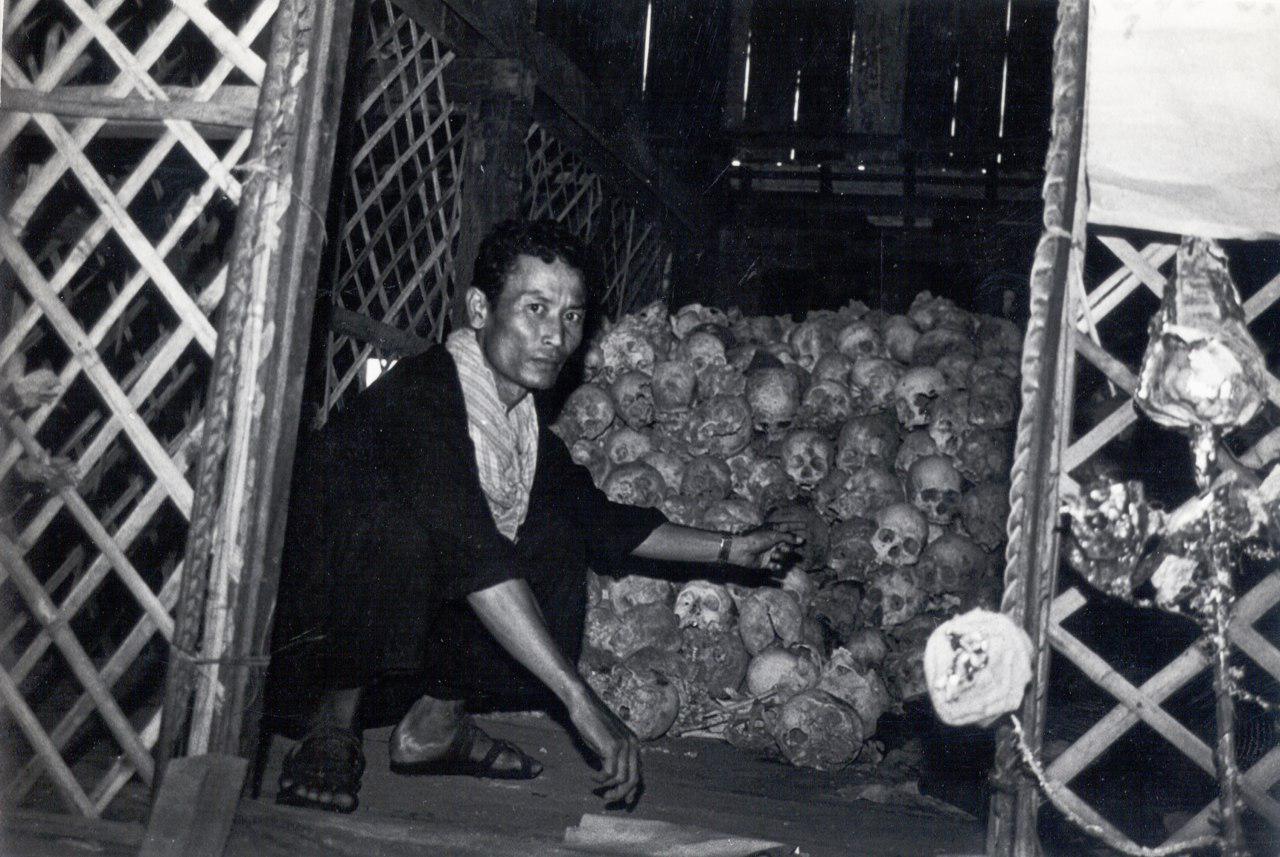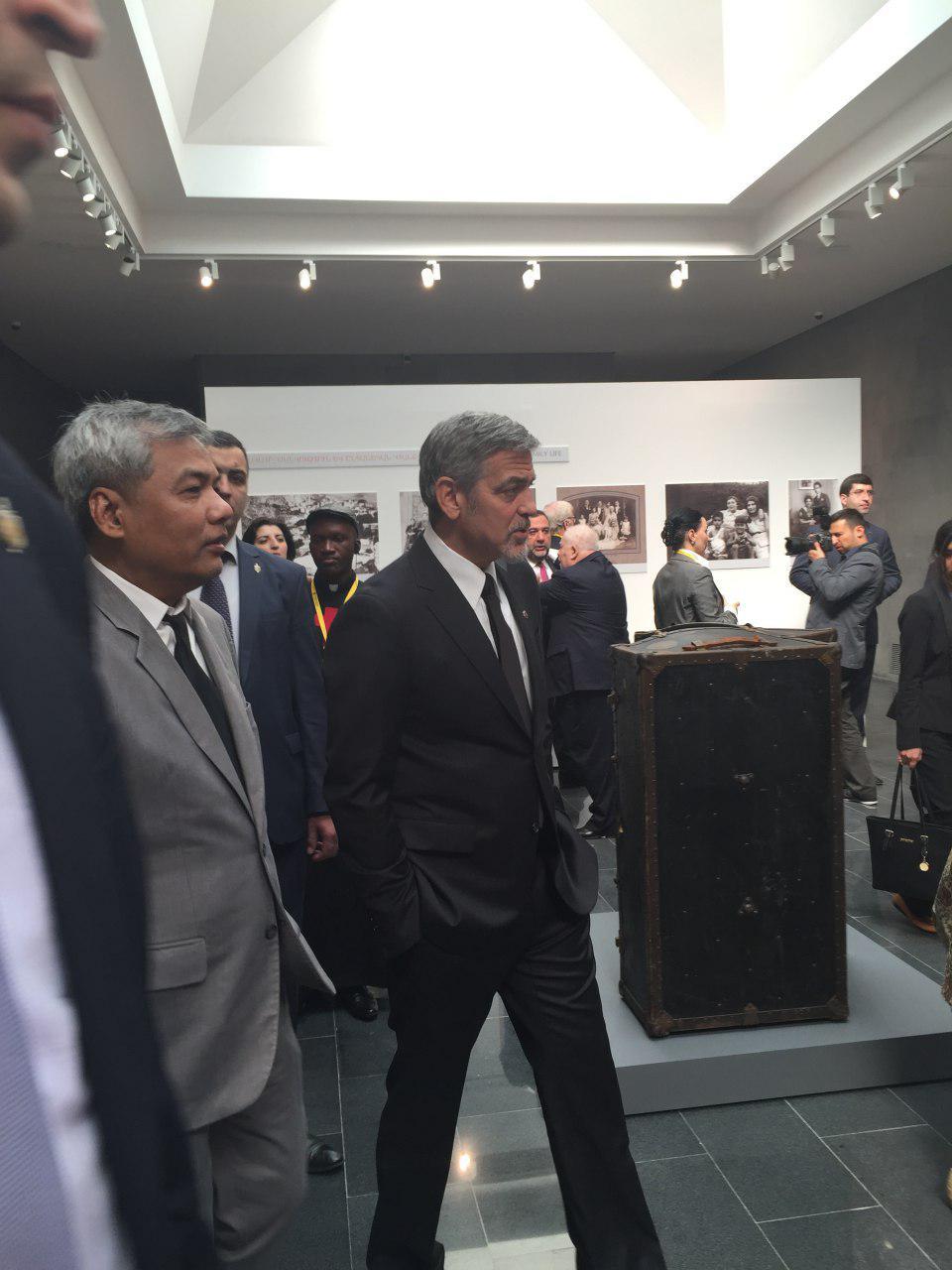Phnom Penh (FN), Sept. 3 – The Documentation Center of Cambodia (DC-Cam), in collaboration with the Cambodian Ministry of Education, Youth and Sport, is proud to publish a new book on world history for Cambodian classrooms, entitled “Genocide and Mass Atrocities in World History: Overview for Cambodian Classrooms”. This book will help educate future generations of Cambodian youth on genocide and mass atrocities that have occurred in world history.
His Excellency, Dr. Hang Chuon Naron, Minister of Education, Youth and Sport, sets the tone for the book’s contents by stating in the book’s preface, “Education is not a panacea for all inhumanity, but it is an important factor in our common struggle to shape our world for the next generation.” The struggle to prevent and respond to inhumanity is one of the focal points of the book’s chapters. The book not only provides an overview of different mass atrocities that have occurred in world history, but also how these different mass atrocities ended. Each chapter provides a synopsis of the political, economic, and cultural factors that precipitated the mass atrocities, and how each mass atrocity was ultimately addressed, particularly in the context of international criminal law.
The intent of the book is to provide information that can be used by teachers to inform students’ understanding of mass atrocities and how Cambodia’s experience under the Khmer Rouge relates to other countries’ and peoples’ suffering. The book is clearly written to facilitate teachers in their development of lesson plans that address mass atrocities in history. There are five case studies: The Armenians under the Ottoman Empire, Nazi Germany, Cambodia under the Khmer Rouge, Bosnia-Herzegovina, and Rwanda. Whereas all five case studies differ in their approach to explaining the history of the genocide that occurred, they are organized to facilitate reflection, comparison, and debate. Each chapter opens with a short lesson, which is designed to give teachers a tool that they can refer to for quick readings, question-and-answer, and discussion. Each chapter also includes a more robust, “inquiry lesson,” in which teachers can use to explore questions and topics that require more information and time for discussion.
The book’s cover is distinctive and haunting. Rising out from above the title is a multi-faced god, which is analogized in the book’s caption as the personification of mankind. Like the many deities of a divine being, mankind’s nature can be complex and even defy comprehension. Dr. Hang Chuon Naron’s preface perhaps provides one response to this dilemma: “Violence does not occur in a vacuum …. we must understand and study other histories in order to appreciate the range of different circumstances that have facilitated violence in other societies … [and] [t]his curriculum is a useful step forward in this struggle.”
Mr. Youk Chhang, Director of DC-Cam, offered this statement: “DC-Cam will continue to document the stories from Cambodia’s genocide survivors. Over five million people survived the genocide and many individual stories remain to be told. We look forward to working with the Cambodian government to help document these stories and preserve the memory of those who suffered and died. We must accomplish this work not only for the victims and survivors, but also the next generation.”
=FRESH NEWS
